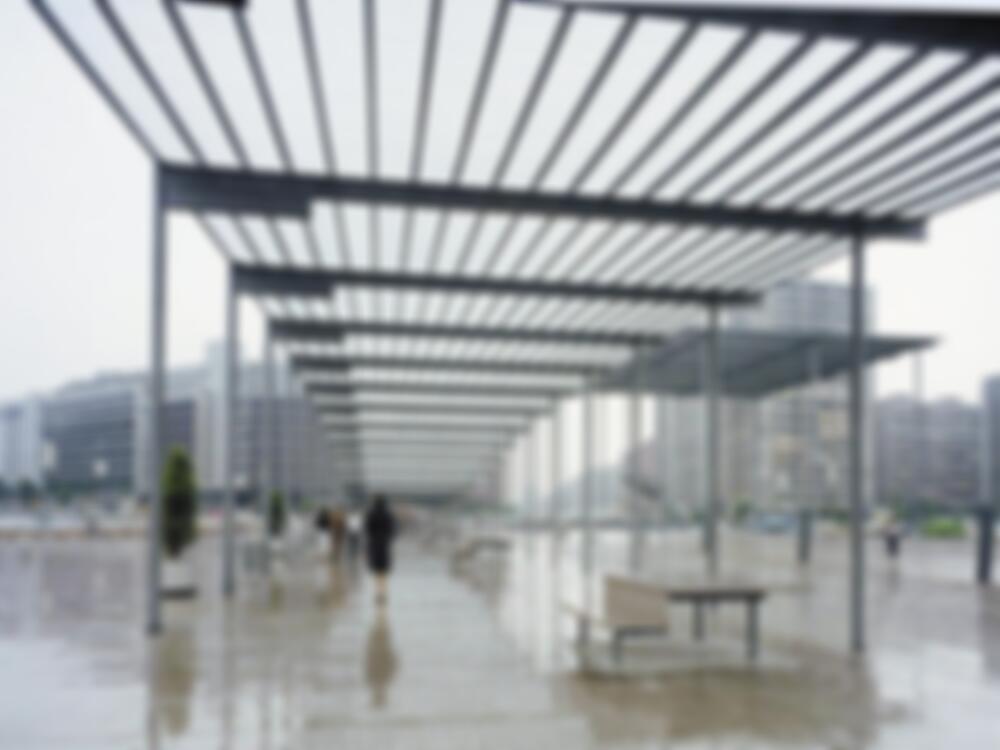It has rightly been claimed that the picture inhabitants have of their city is, in fact, an imaginary perceptual image shaped by the learning processes of a specific social environment. That applies in particular to public space, where expectations are dominated by the piazzas and squares one knows from Italy and Spain. Even if public space is high on the...
Discussion: Commonplaces – Perspectives for the Development of Public Space
Issue
06/2004 Urban Planning Details
Source
DETAIL

© Francesc Català-Roca

© Francesc Català-Roca